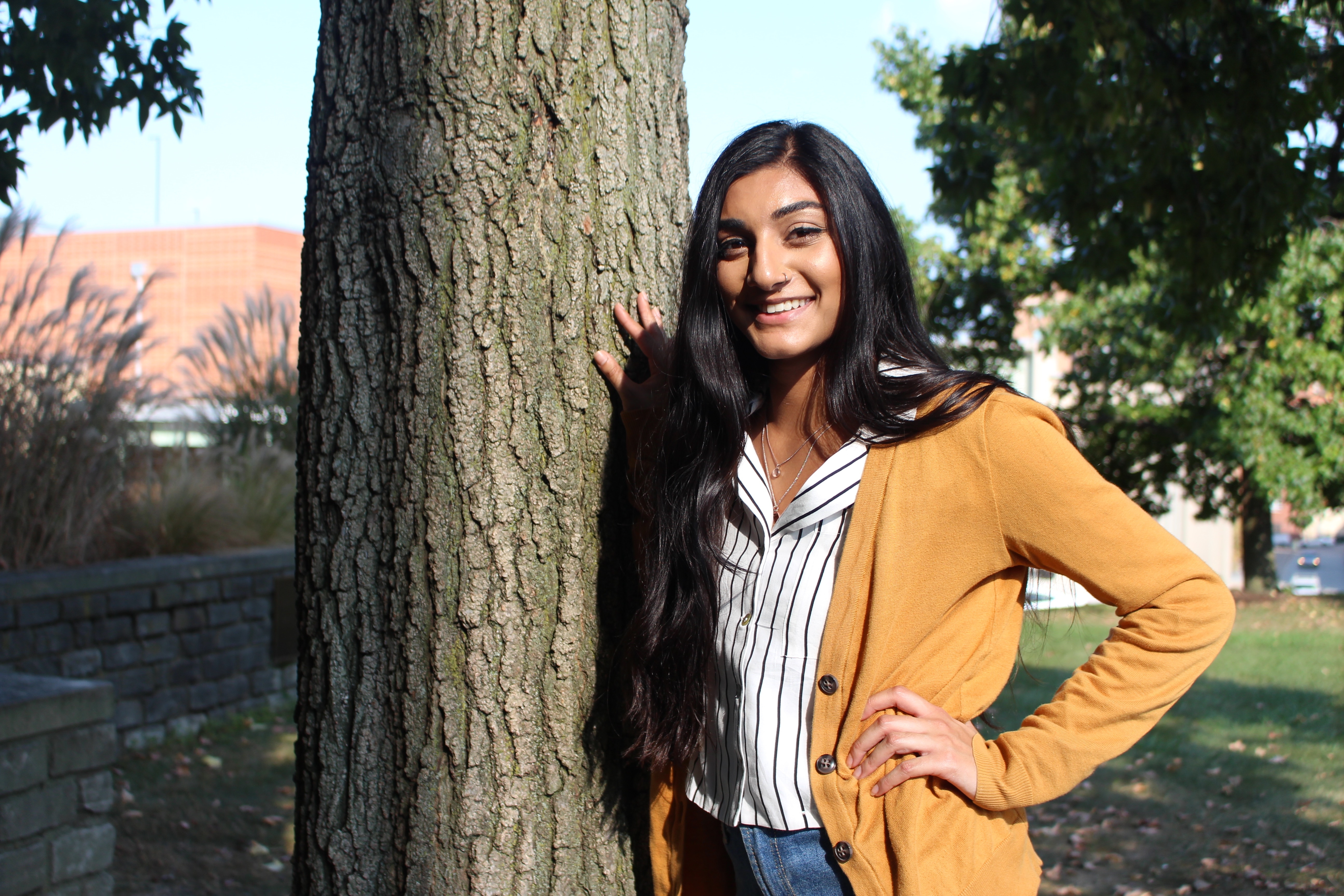09/24/20
Noah Wilbur | Opinions Editor
From Ralph Lauren and Versace to Prada and Michael Kors, the list of luxury clothing brands continues to grow longer every passing year. As name brands gain celebrity-like prestige across the world, they garner heftier price tags and have an increasingly profound influence on consumers.
We have all been blinded by a brand: You enter a store and immediately set your eyes upon a $60 designer shirt gleaming underneath an illuminated booth display. Almost subconsciously, you grab the shirt and head to the register.
On your way, you notice a nearly identical shirt for only $30. The only difference being the absence of a trendy branded logo. However, you forgo this opportunity to save money grounded in your confidence that the designer shirt is worth the extra cost for the “name.”
It is staggering, and in some cases even disturbing, to know that millions are spent each year on expensive luxury wardrobes for the selfish reasons of climbing the “social ladder” and driving public perception towards one’s desired personal image.
Before accusations of overgeneralization begin, I must state that there is common agreement among industry experts and researchers that the purchase of branded clothing is largely for the purpose of elevating social status.
Apart from these selfishly-motivated tendencies, another drawback that lacks awareness from consumers is the irreparable harm inflicted on the environment by the high-turnover, “fast” fashion industry.
In fact, as a major contributor to climate change, the fashion industry is shockingly accountable for 10% of global carbon emissions annually, exceeding the emissions of all international flights and maritime shipping combined.
Nevertheless, in recent years, an alternative method has interrupted the common tradition of purchasing expensive new clothing: the buying and selling of secondhand clothes.
A recent report from ThredUp – the largest online thrift store – indicated that the resale market for clothes is expected to reach $64 billion by 2025; a nearly 130% increase from 2020.
Defined simply as used or undesired clothing, secondhand clothing is available for purchase in local consignment and thrift stores, vintage shops and online e-commerce platforms.
The recent shift in popularity is due in part to the return of the vintage look as the latest fashion trend. With fanny packs, mom jeans, aviators and neon-colored clothes resurfacing in public, we all know it is true – the 80s are officially making a comeback!
In addition, consumers are increasingly interested in brightening up their antiquated wardrobes without robbing a bank before heading to the mall. Buying clothing secondhand enables consumers to purchase stylish, high-quality and even name brand attire for a much lower price compared to buying brand new.
My own personal experience is that secondhand shopping simply implies that I will pay half of the original price for a shirt that a friend of mine just purchased for full price in the adjacent store.
Most importantly, with consumers becoming aware of the adverse impact the fashion industry unleashes on the environment, they are more motivated to embrace sustainability by shopping for secondhand clothes.
Recycling clothing is beneficial for the environment because large amounts of garments are spared from reaching landfills. Less “resource heavy” clothes are produced resulting in a decline of carbon emissions, water consumption and pollution.
With Nordstrom and other retailers committing to sell used items and events such as Secondhand September being created, it is evident that buying secondhand is gaining momentum as a mainstream provider of fashion.
In the end, the universal stigma surrounding secondhand clothing will eventually perish as consumers from all walks of life continue to recognize the used apparel industry as an opportunity to economize and positively impact the environment while still looking fashionable.




